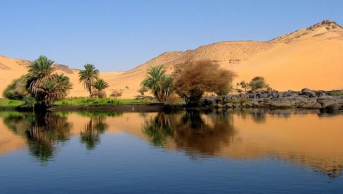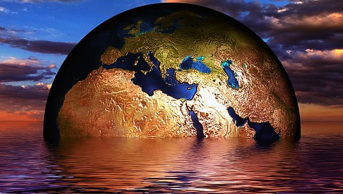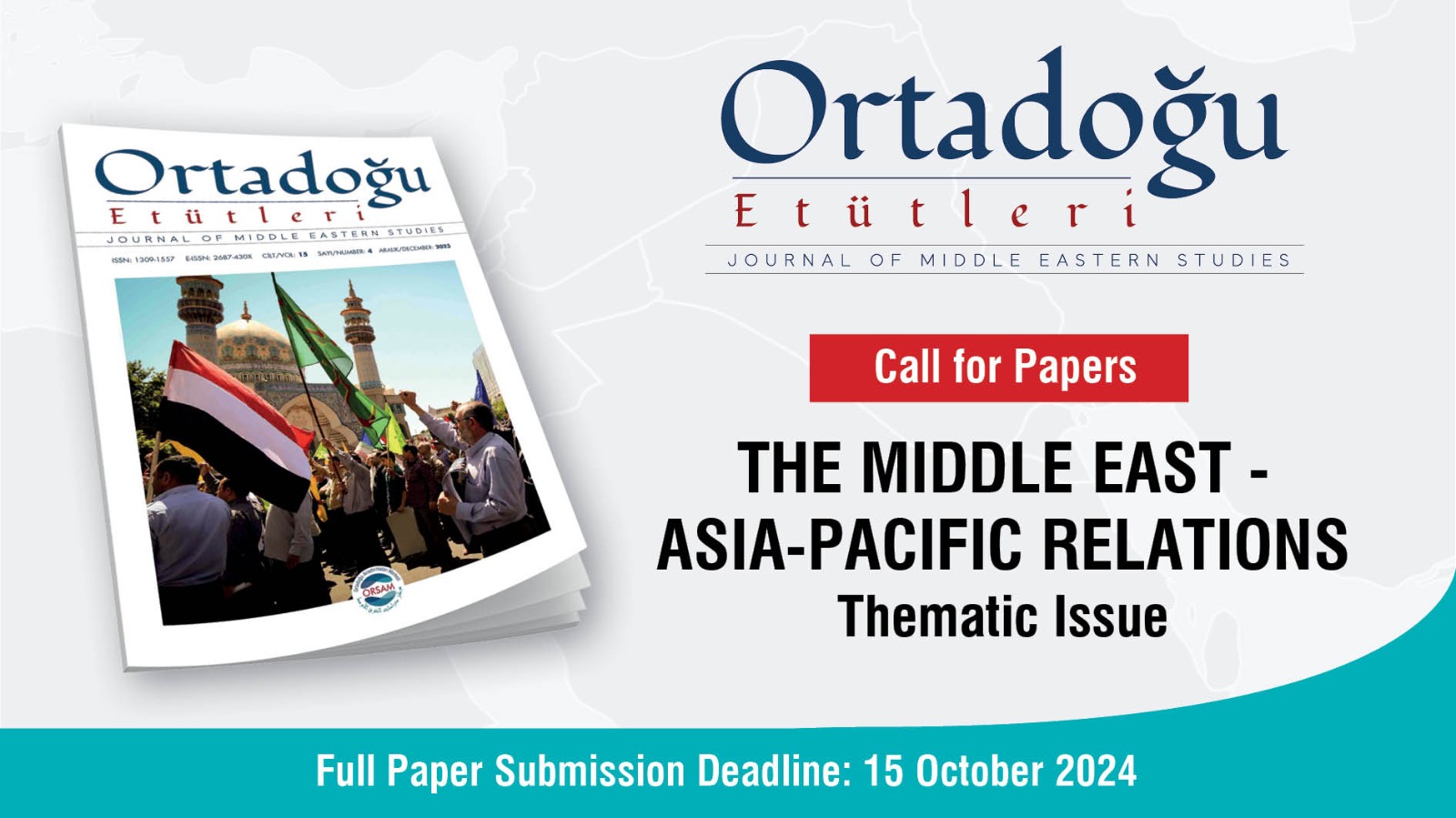The Middle East: Towards a New Paradigm of Water Security Who gets what water, where, when and how?

In his pioneer work in 1936, Harold Laswell defined the politics through who gets what, when and where. This definition cannot be considered outdated despite the past long years. In addition to the definition preserving its validity concerning the pure politics, its inspiring adaptations also await to be discovered in different fields. One of these fields is water security.
Intense efforts have so far been focused on the comprehensive conceptualization of water security. At the current phase, there is a general consensus that the concept of water security is multi-dimensional. Accordingly, water security is addressed beyond the axis of bringing water resources into service and distributing them; the fundamental parameters of reliability and the relationship between water and many sectors and factors such as health, disasters, affordable accessibility, independence from external sources are considered from a holistic viewpoint.
The question that Laswell asked to define the politics opens a very well-directed window to analyze the expression of the holistic view while addressing the concept of water security. When this concept is adapted to the field of water, it is possible to ask the following question: ‘’Who gets what water, where, when and how?’’ It will be beneficial to examine each of the interrogative adverbs under the umbrella question.
The first question is "who gets the water?" The analysis to be made with respect to who gets the water will lead us to debates held on the axis of politics, sociology and international relations. "What water’’ necessitates the evaluations mostly with respect to hydrology and engineering as well as health. The question ‘’where’’ leads us to address infrastructural questions (problems). The answers to the question ‘’when’’ are primarily and mostly inclined on the geographical and climatological axis and again related to the infrastructure. We need to make analysis on economy and law in order to answer the question ‘’how’’.
With a closer look, we can reach the discussion platform that I will exemplify below. The question ‘’who can access the water?’’ is closely related to the advantageous and disadvantageous countries in terms of access to water and, again, the presence of advantageous and disadvantageous regions and groups within countries. For instance, in Yemen, the water pumps which were previously afforded only by wealthy people have now become more widespread and all strata of society have now been able to access water. However, having regard to limited groundwater resources in Yemen, it should be discussed whether this development will lead to an increase or decrease in water security. Another example can be given from the international level. Since Uzbekistan and Turkmenistan are in disadvantageous situation since they are foreign-dependent countries in terms of surface water resources, i.e. the most important water resources. However, on the other hand, this disadvantage may provoke international cooperation.
The question ‘’what water is accessed?’’ leads us to the debates held with respect to quality and quantity. At what level is the water quality in the country? Is qualified potable water accessible across the country? What are the dimensions of the problems affecting the quality? Agriculture, industry and environment are three important fields in this regard. Maybe the primary effect of water pollution directly targets human health. For example, in Syrian territory, which is a war-zone, water-related diseases have become widespread and corresponding death toll has increased unbelievably within the last six years. The quantity is the other dimension of the topic. Is there adequate amount of potable and tap water? Is adequate amount of water provided for food production? There are remarkable deficits of water budgets in food production in almost all the Middle Eastern countries. Even potable water may not be provided in certain regions (such as Mosul, where there is an ongoing war, or Sana'a, the capital of Yemen).
When we focus on the question ‘’where?’’ we need to take into consideration the problems and drawbacks of the infrastructure. Is there tap water in the entire country? The people living in a large majority of the Middle Eastern countries have been able to write a success story since 1950s, despite the rapidly increasing population. Tap water in houses and other sanitation means are made available by more than 90% in many countries. However, as long as the war continues to prevail in the Middle East, hundreds of thousands of people will either continue to access water from the tankers sent by international donors once per day or a once every few days, or have to carry water to their homes from the water resources which are sometimes kilometers away. It is gut-wrenching to see that Aleppo and Mosul which are among the ancient cities of the region, are in this very situation.
The question ‘’when is existing water accessible?’’ helps us reach very important findings. Is water accessible for 24 hours? Or are there water cuts for certain periods? For instance, we can remind of the ongoing water cuts in Iraq and large-scale protests (and wasteful use of water despite these difficulties). Another issue is related to how affected water presence in the country is by the seasonal conditions? Concerning the water volumes, Tigris - Euphrates Basin is at its peak in spring months and its water volume decreases to record low levels in the following summer and autumn months. Flood and drought are the most suffered phenomena of the centuries, as a natural consequence of this river regime. This has forced all the basin countries to build mass reservoirs in order to maximize the benefits derived from water and ensure protection from its damages.
The question ‘’how is water accessed?’’ also facilitates us to understand many current dimensions of water security. For instance, is water provided from renewable surface waters or fossil aquifers? As is known, Jordan and Saudi Arabia which have compromised, foreseeing the end of Al-Disi aquifer in the recent past, have taken a more rational step in terms of water security. In Gaza, the coastal aquifer is almost unusable now and the water security of the people of the region has become largely dependent on external resources. Under the question ‘’how?’’, it is also important at what price water is made accessible for the people, farmers and industrialists. Is water expensive or quite cheap, even free of charge? Even though the expensiveness of water seems to reduce water security, it is also possible to see a similar result when water is extremely cheap. Since the cheapness of water unfortunately goes hand in hand with wasteful use of water. This situation may reach dangerous dimensions in regions where water is scarce. Again, the question ‘’how’’ brings the legal dimension to the agenda. The healthiness of the water allowance regime related to use of water in a country also shows the situation in the inter-sectoral allocation of water. For example, unproductive, unquestioned inefficient use of water in agriculture leads to a situation to the detriment of other sectors which try to access the water they need.
In conclusion, it is high time that all the countries in the Middle East dealt with the concept of water security from a holistic viewpoint. The rapid progress of this concept in few decades reflects the increasing vitality of water scarcity for human life and health of economies.









